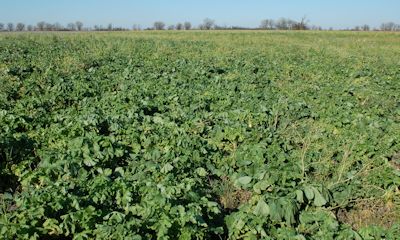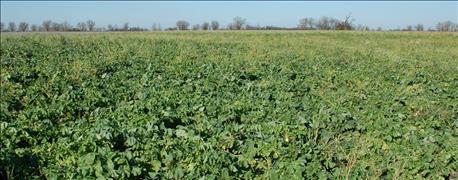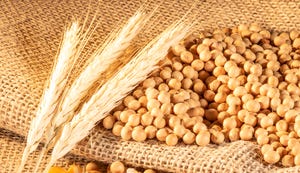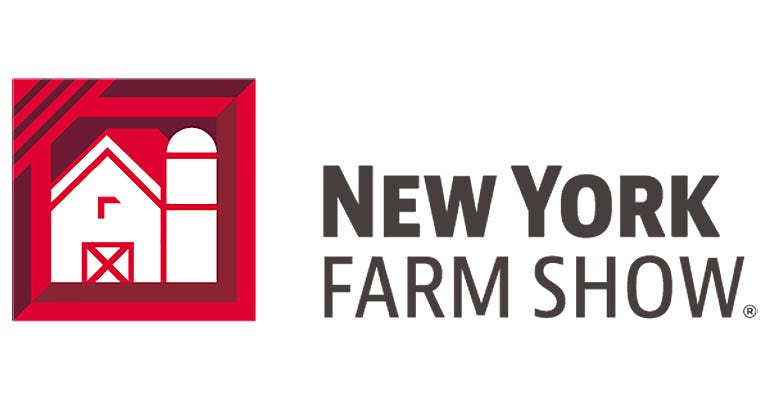
Whether for grazing or solely for keeping the ground covered, cover crops are catching on. The Sustainable Agriculture Research and Education (SARE) program's Cover Crop Survey indicates cover crops were seeded on 373,582 acres in 47 states in 2015.
But come next spring, Chris Proctor, University of Nebraska-Lincoln Weed Management Extension Educator, notes potential cover croppers should carefully consider the potential for herbicide carryover from their spring herbicide program on fall planted cover crops. "I think more folks are becoming aware of the issue of plant back restrictions," Proctor says. "But it's not always something that's brought up when people talk about cover crops."

READ THE LABEL: While cover crops are gaining ground, Proctor notes potential cover croppers should carefully consider the potential for herbicide carryover from their spring herbicide program on fall planted cover crops.
Herbicide labels typically include plant back restrictions for various crops, but many cover crop species are often not listed, and fall under the "other crop" category. Growers should pay attention to the "plant back" date whether planting cover crops for grazing or just for cover. But Proctor notes how cover crops are being used might change how growers interpret the label. Because data on cover crops is limited, they typically fall under the "other crops" category with the maximum re-plant restriction window.
"Depending on the product, you could be waiting two cropping seasons. Typically, if they haven't done the research on a particular crop species, they'll use the longest restriction interval where even the most sensitive crops are not affected," Proctor says. "If it's only being used as a cover crop and not being grazed, there's a chance that window might be narrower than what's listed. But if we don't have the data, it's at your own risk. For grazing it's a different ball game. Animal and human health are the concern when grazing following an herbicide application, so if a cover crop is to be grazed, the label must be followed."
Depending on the product, there are a number of factors that can affect how long it takes an herbicide to break down, including sunlight, microbes in the soil, soil pH, organic matter, or moisture.
Research at the University of Missouri showed growth differences between cover crop species 28 days after emergence following several corn and soybean herbicide treatments compared to non-treated cover crops. For example, annual ryegrass suffered more than 50% stand reduction following a post-emerge application of pyroxasulfone (Zidua), compared to untreated. Tillage radish stands were reduced more than 30% following corn with a post application of flumetsulam (Python). Meanwhile, cereal rye stands were reduced less than 15% for all herbicide treatments when compared to untreated.
"It really depends on what cover crop you're using," Proctor says. "The best advice would be if you're unsure if your herbicide program will affect your cover crop and you have a week or so, plant a test strip to see how the crop is affected."
For more information, contact Proctor at [email protected].
About the Author(s)
You May Also Like






